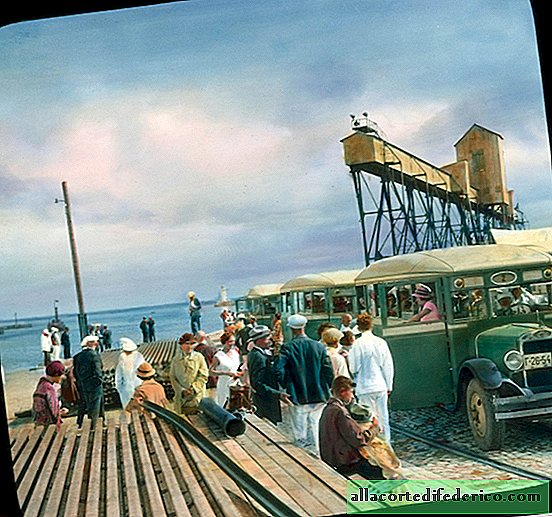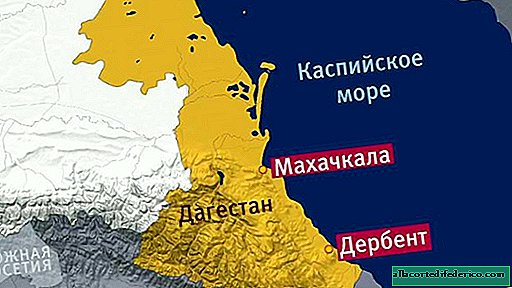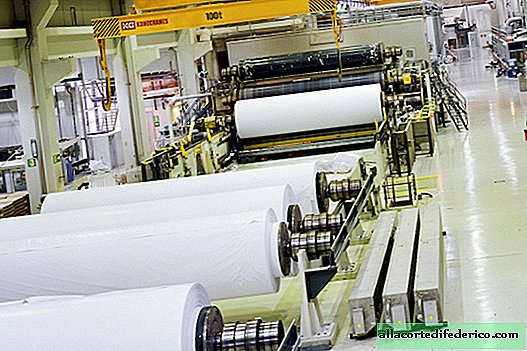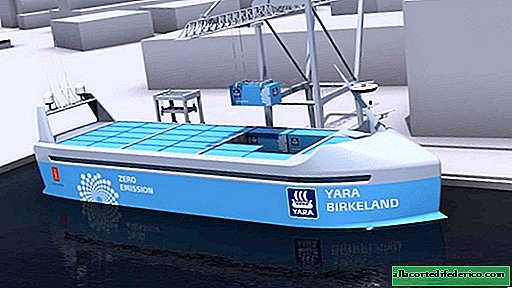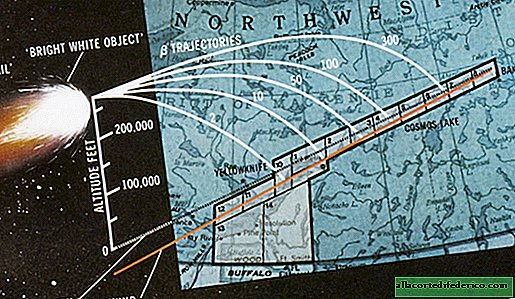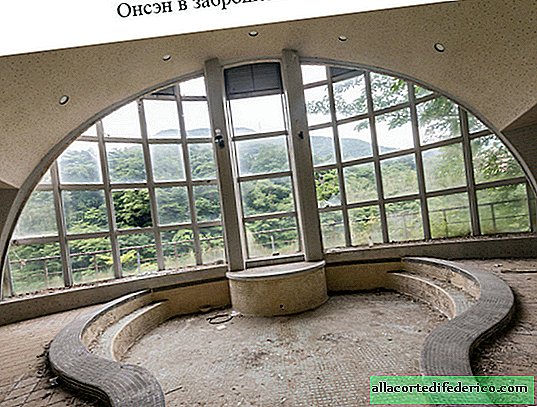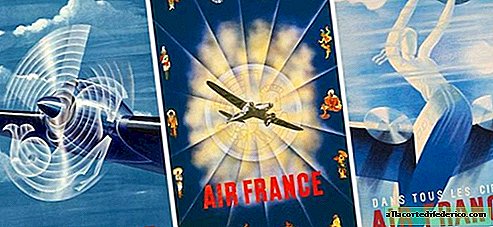Where and how to make the most expensive metal in the world
If you think that gold and platinum are the most valuable metals on the planet, then you are mistaken. Compared to some artificially produced metals, gold is comparable to rust on an old piece of roofing iron. Can you imagine a price of $ 27,000,000 per gram of substance? That is how much the California 252 radioactive element costs. Only antimatter, which is the most expensive substance in the world, is more expensive (about $ 60 trillion per gram of antihydrogen).
To date, only 8 grams of California-252 has been accumulated in the world, and no more than 40 milligrams is produced annually. And there are only 2 places on the planet where it is regularly produced: in the Oak Ridge National Laboratory in the USA and ... in Dimitrovgrad, in the Ulyanovsk Region.
Do you want to know how almost the most expensive material in the world comes to light and why is it needed?
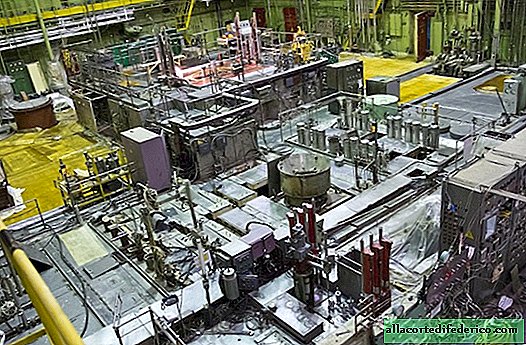
Dimitrovgrad
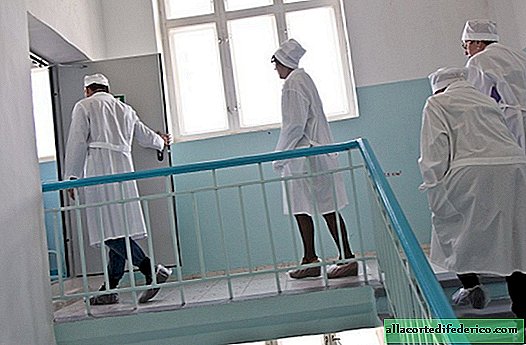
Shine but do not warm
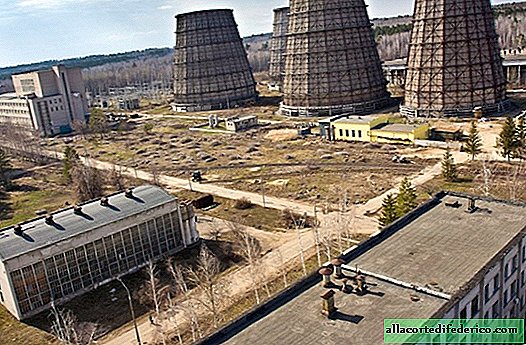
The most powerful
Of the 6 reactors, there is one, the most beloved by RIAR scientists. He is the very first. He is also the Most Powerful, which gave him the name - SM. In 1961 it was SM-1 with a capacity of 50 MW, in 1965, after modernization, it became SM-2, in 1992 - SM-3, the operation of which is designed until 2017. This is a unique reactor and in the world it is the only one. Its uniqueness lies in the very high neutron flux density that it is capable of creating. It is neutrons that are the main products of RIAR. Using neutrons, one can solve many problems in the study of materials and the creation of useful isotopes. And even to realize the dream of medieval alchemists in life - to turn lead into gold (theoretically).
If you do not go into details, then the process is very simple - one substance is taken and fired by neutrons from all sides. So, for example, from uranium by crushing its nuclei by neutrons, lighter elements can be obtained: iodine, strontium, molybdenum, xenon and others.
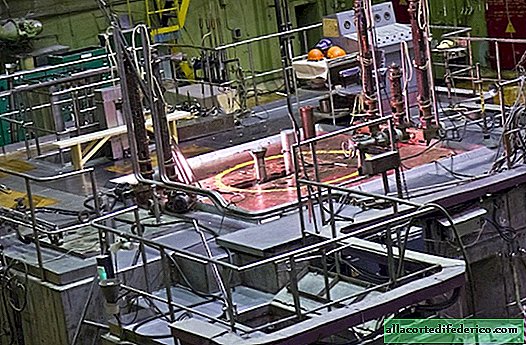
The commissioning of the SM-1 reactor and its successful operation caused a great resonance in the scientific world, stimulating, in particular, the construction of high-flux reactors with a hard neutron spectrum in the USA - HFBR (1964) and HFIR (1967). The luminaries of nuclear physics, including the father of nuclear chemistry, Glenn Seborg, came to RIAR repeatedly and took over the experience. But still, no one else created the same reactor in terms of elegance and simplicity.

The SM reactor is simply brilliant. Its core is almost a 42 x 42 x 35 cm cube. But the allocated power of this cube is 100 MW! Around the core in special channels, tubes with various substances are installed, which must be fired by neutrons.
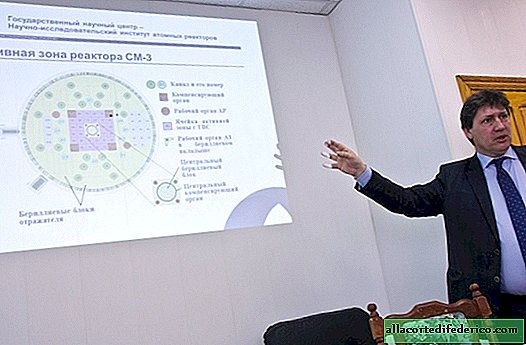
For example, recently, a flask with iridium was pulled out of the reactor, from which the desired isotope was obtained. Now it hangs and cools.
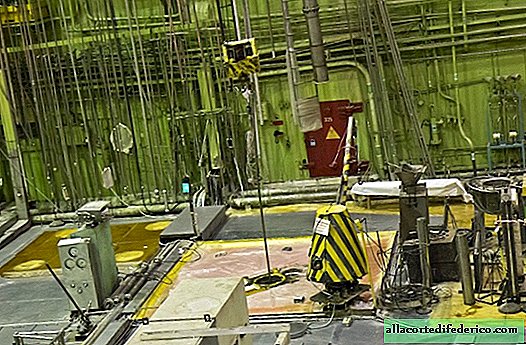
After that, a small container with now radioactive iridium will be loaded into a special protective lead container weighing several tons and sent to the customer by car.

The spent fuel (only a few grams) will then also be cooled, canned in a lead barrel and sent to a radioactive storage facility on the territory of the institute for long-term storage.
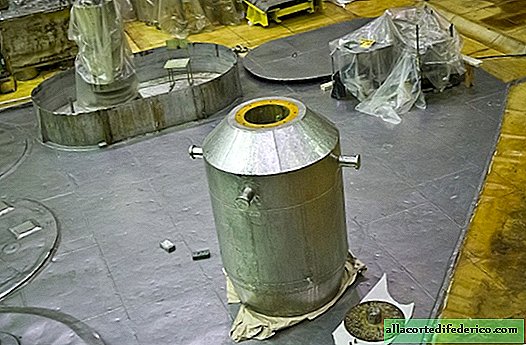
Blue pool
There is more than one reactor in this room. Next to the SM is another one - RBT - a pool-type reactor that works in conjunction with it. The fact is that in the SM reactor the fuel “burns out” only half. Therefore, it must be "burned" in the RBT.
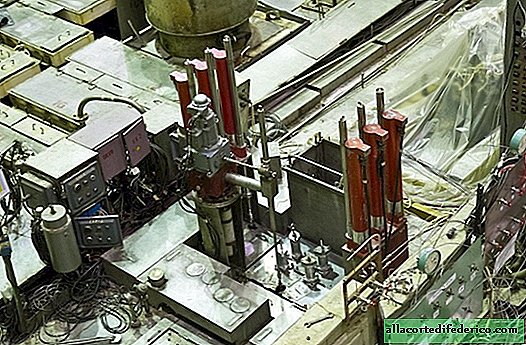
In general, RBT is an amazing reactor, inside which you can even look (we, however, were not allowed to). It does not have the usual thick steel and concrete case, and to protect it from radiation, it is simply placed in a huge pool of water (hence the name). The water column holds active particles, inhibiting them. In this case, particles moving at a speed exceeding the phase velocity of light in the medium cause a bluish glow familiar to many from films. This effect is called by the names of the scientists who described it - Vavilov - Cherenkov.
(The photo is not related to the RBT or RIAR reactor, but only demonstrates the Vavilov-Cherenkov effect).
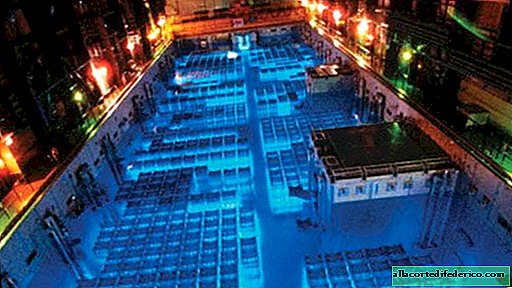
Thunderstorm smell
The smell of the reactor hall cannot be confused with anything. It smells strongly of ozone, as after a thunderstorm. Air is ionized during overload, when spent assemblies are removed and transferred to the pool for cooling. O2 oxygen molecule is converted to O3. By the way, ozone does not smell fresh at all, but looks more like chlorine and the same caustic. With a high concentration of ozone, you will sneeze and cough, and then die. It is assigned to the first, highest class of hazard of harmful substances.
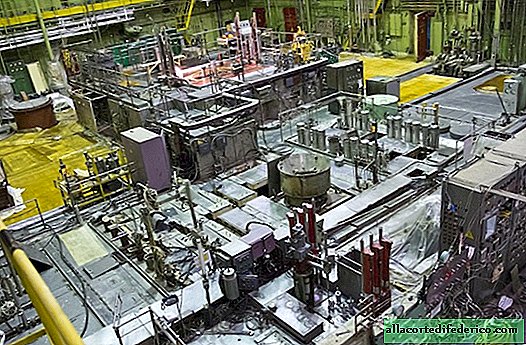
The radiation background in the hall at this moment rises, but there are no people here either - everything is automated, and the operator observes the process through a special window. However, even after this, you should not touch the railing in the hall without gloves - you can catch radioactive dirt.
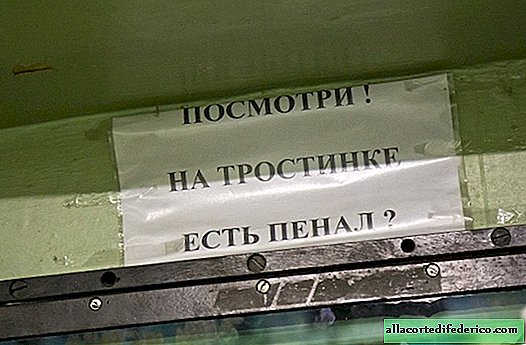
Wash your hands, front and back
But you won’t be allowed to go home with her - at the exit from the “dirty zone” everyone will be checked with a beta radiation detector, and if you find out, you and your clothes will go to the reactor as fuel. Joke :)
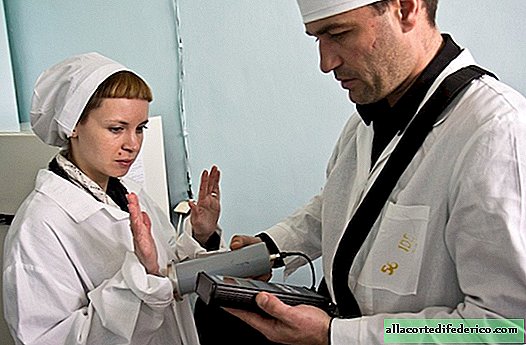
But in any case, hands should be washed with soap after visiting any such areas.

Change gender
The corridors and stairs in the reactor vessel are covered with a special thick linoleum, the edges of which are bent to the walls. This is necessary so that in case of radioactive contamination it would be possible not to dispose of the entire building, but simply roll up linoleum and lay a new one. The cleanliness here is almost like in the operating room, because the greatest danger is dust and dirt that can get on clothes, skin and inside the body - alpha and beta particles cannot fly far, but when they are near impact they are like cannonballs, and living cells are definitely not say hello.
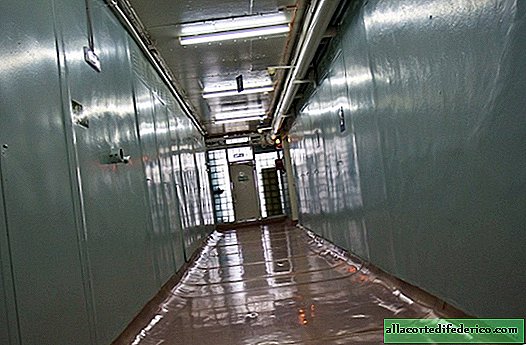
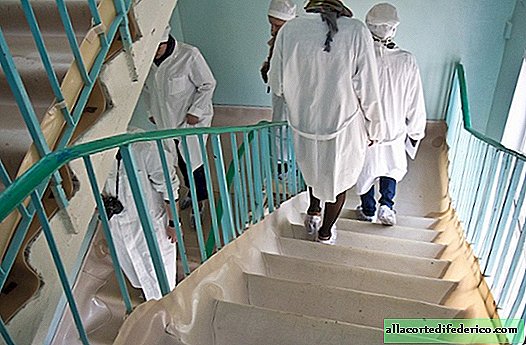
Remote with red button
Reactor control room.
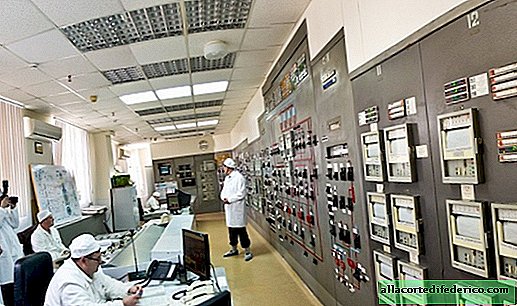
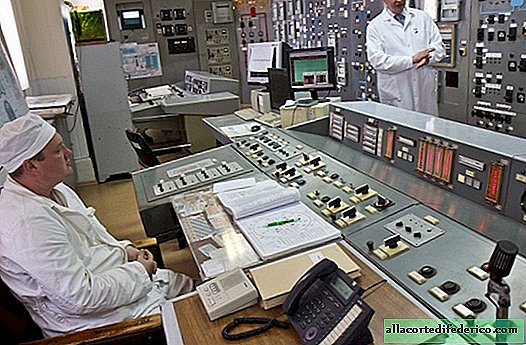
The console itself gives the impression of being deeply outdated, but why change what is designed for many years of operation? The most important thing is that behind the shields, and there everything is new. Nevertheless, many sensors were transferred from recorders to electronic displays, and even software systems, which, by the way, are being developed at the NIIAR.

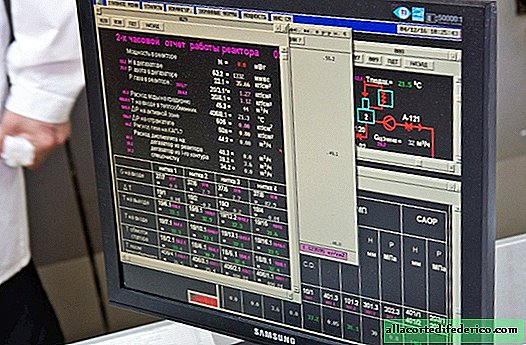
Each reactor has many independent degrees of protection, so the "Fukushima" here can not be in principle. As for Chernobyl - not the same capacities, "pocket" reactors work here. The greatest danger is the emission of some light isotopes into the atmosphere, but this will not be allowed to happen, as we are assured.
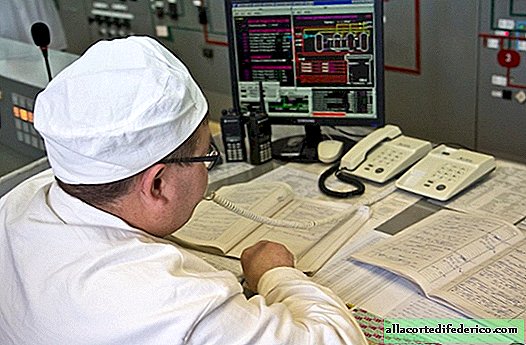
Nuclear physicists
Physicists of the institute are fans of their craft and can spend hours talking interestingly about their work and reactors. The hour allotted for questions was not enough, and the conversation lasted for two boring hours. In my opinion, there is no such person who would not be interested in nuclear physics :) And to the director of the Reactor Research Complex department, Petelin Alexei Leonidovich and the chief engineer, it’s just right to conduct popular science broadcasts on the subject of nuclear reactors :)
If outside the NIIAR you will fill your pants in socks, then most likely someone will take a picture of you and put it on the net to laugh. However, this is a necessity here. Try to figure out why.
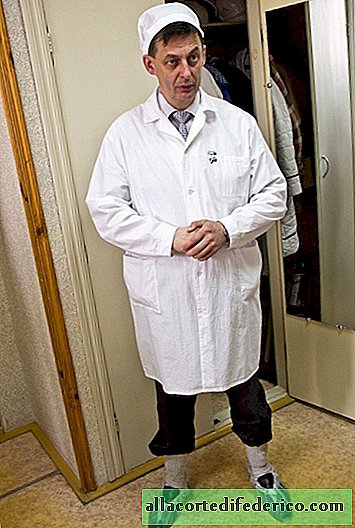
Welcome to the hotel californium
Now about California-252 and why it is needed. I have already talked about the high-flux neutron reactor SM and its benefits. Now imagine that the energy that a whole SM reactor produces can produce only one gram (!) Of California.
California-252 is a powerful source of neutrons, which allows it to be used to treat malignant tumors, where other radiation therapy is ineffective. The unique metal allows you to shine through parts of reactors, parts of aircraft and detect damage that is usually carefully hidden from x-rays. With its help, it is possible to find reserves of gold, silver and oil deposits in the bowels of the earth. The need for it in the world is very great, and customers are sometimes forced to stand for years in line for the coveted microgram of California! And all because the production of this metal takes ... years. To produce one gram of California-252, plutonium or curium is subjected to prolonged neutron irradiation in a nuclear reactor for 8 and 1.5 years, respectively, by successive transformations passing almost the entire line of transuranic elements of the periodic table. The process does not end there - from the resulting products of irradiation by chemical means, calcium itself is isolated for many months. This is a very, very painstaking work that does not forgive rush. Micrograms of metal are collected literally by atoms. This explains such a high price.
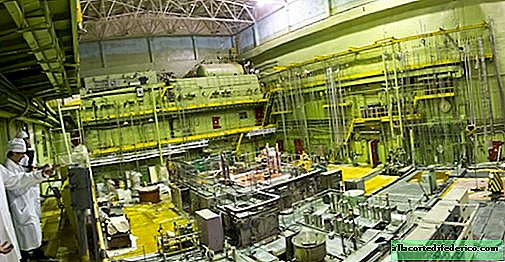
By the way, the critical mass of California-252 metal is only 5 kg (for a metal ball), and in the form of aqueous solutions of salts - 10 grams (!), Which allows it to be used in miniature nuclear bombs. However, as I already wrote, so far there is only 8 grams in the world, and it would be very wasteful to use it as a bomb :) Yes, and the trouble is, after 2 years exactly half of the existing California remains, and after 4 years it completely turns into dust from other more stable substances.



